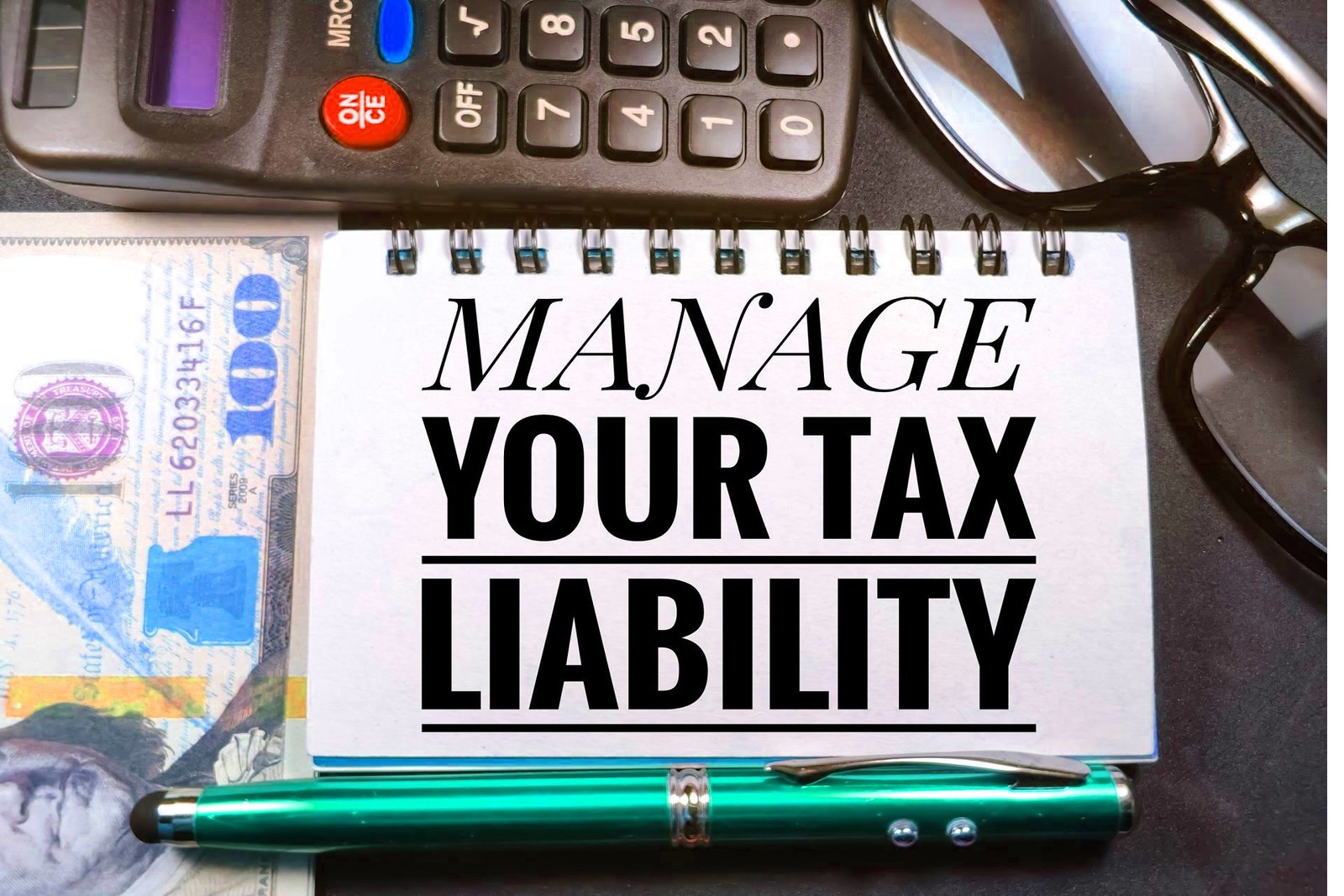Smart Tax Moves: The Top 15 Strategies To Increase Your Savings

In today’s complex financial landscape, navigating taxes is a crucial aspect of wealth management. The way you approach tax planning can have a significant impact on your overall financial health and the growth of your savings. Understanding and implementing smart tax moves not only help optimize your tax liabilities but also pave the way for substantial savings over time. In this comprehensive guide, we’ll delve into the top 15 strategies aimed at increasing your savings through intelligent tax planning.
Top 15 Strategies To Increase Your Savings
Here are the top strategies to increase your savings:
Maximizing Tax Deductions
Tax deductions serve as fundamental tools in reducing one’s taxable income, thereby curbing the overall tax burden. From mortgage interest to charitable donations, a myriad of deductible expenses exists, each presenting an opportunity to trim your tax bill. Understanding these deductions and adeptly leveraging them can substantially alleviate your tax obligations.
Utilizing Tax Credits
In contrast to deductions, tax credits directly slash the amount of tax owed, offering a tangible incentive for certain financial behaviors. Whether it’s education expenses or renewable energy investments, tax credits abound, presenting ample opportunities for tax savings. Effectively navigating these credits demands a nuanced understanding of eligibility criteria and utilization strategies.
Investing in Retirement Accounts
Contributing to retirement accounts stands as a dual-purpose strategy, enabling individuals to secure their financial future while simultaneously enjoying significant tax benefits. Whether opting for traditional retirement accounts or Roth alternatives, these vehicles offer diverse tax advantages, from tax-deferred growth to tax-free withdrawals. By maximizing contributions to these accounts, individuals can significantly mitigate their current tax liabilities while fortifying their retirement savings.
Tax-Efficient Investing
The landscape of investments encompasses a myriad of tax implications, necessitating a deliberate and strategic approach to investing. From capital gains to dividends, various investment income streams warrant careful consideration to minimize tax liabilities. Tax-advantaged accounts such as Health Savings Accounts (HSAs) and 529 college savings plans further offer avenues for tax-efficient wealth accumulation.
Taking Advantage of Employer Benefits
Employer-sponsored benefits encompass a spectrum of tax-saving opportunities, ranging from retirement contributions to flexible spending accounts (FSAs). By capitalizing on these benefits, individuals can substantially reduce their taxable income, thereby bolstering their overall savings. Understanding and optimizing these offerings stand as crucial components of effective tax planning.
Charitable Contributions
Beyond their altruistic implications, charitable contributions serve as potent tax-saving tools, offering deductions for the value of donations made. From cash contributions to donated goods, various forms of charitable giving provide avenues for tax relief. Ensuring compliance with IRS guidelines and maintaining meticulous records of donations are imperative steps in maximizing these tax benefits.
Health Savings Accounts (HSAs)
HSAs represent a potent trifecta of tax benefits, offering tax-deductible contributions, tax-free growth, and tax-free withdrawals for qualified medical expenses. As healthcare costs continue to rise, HSAs emerge as indispensable tools for tax-efficient savings, simultaneously addressing both current and future healthcare needs.
Read More: 10 Best Steps to Build a Financial Foundation for the Future
Education Savings Accounts
Saving for educational expenses necessitates a strategic approach, particularly given the array of tax-advantaged education savings accounts available. From 529 plans to Coverdell ESAs, these vehicles offer tax-free growth and withdrawals for qualified education expenses, rendering them invaluable tools in preparing for future educational endeavors.
Tax Planning for Small Business Owners
Small business owners navigate a unique tax landscape, punctuated by a myriad of deductions and credits tailored to their circumstances. From business expenses to self-employed retirement contributions, various strategies exist to optimize tax liabilities for entrepreneurs. Engaging with tax professionals and adopting meticulous record-keeping practices are integral to maximizing tax savings in this domain.

Tax Loss Harvesting
Tax loss harvesting presents a strategic approach to mitigating tax liabilities on investment gains. By strategically realizing losses to offset capital gains, investors can effectively reduce their overall tax burden without compromising their investment objectives. Implementing tax loss harvesting strategies demands a nuanced understanding of tax laws and investment dynamics.
Roth Conversions
Roth conversions offer a unique avenue for tax efficiency, particularly for individuals anticipating higher tax brackets in retirement. By converting traditional retirement accounts to Roth alternatives, individuals can prepay taxes on contributions, thereby unlocking tax-free withdrawals in retirement. Careful consideration of tax implications and long-term financial goals is imperative when deliberating Roth conversions.
Estate Planning
Estate planning stands as a cornerstone of tax-efficient wealth transfer, enabling individuals to preserve assets and minimize tax liabilities for future generations. From gifting strategies to trust structures, various tools exist to optimize estate tax obligations. Collaborating with legal and financial professionals is paramount in crafting a comprehensive estate plan tailored to individual needs.
Tax-Advantaged Investments
Tax-advantaged investments encompass a diverse array of vehicles offering tax-efficient income streams. From municipal bonds to real estate investment trusts (REITs), these investments provide avenues for tax-free or tax-deferred income. Understanding the tax implications of various investment options is essential in constructing a diversified and tax-efficient investment portfolio.
Tax Planning for Life Changes
Major life events such as marriage, job changes, and retirement invariably trigger tax implications, necessitating proactive tax planning. Adjusting withholding allowances, optimizing retirement contributions, and updating estate plans are essential steps in navigating these life changes tax-efficiently. Engaging with tax professionals during these transitions ensures comprehensive tax planning aligned with individual circumstances.
Read More: Penalties for Tax Evasion and Fraud
Conclusion
Incorporating smart tax moves into your financial strategy is paramount for maximizing savings and securing your financial future. Whether through strategic deductions, savvy investment strategies, or proactive tax planning, adopting a holistic approach to tax management enables individuals to optimize their tax liabilities and bolster their overall savings. By leveraging the top 15 strategies outlined in this guide, you can navigate the intricacies of tax planning with confidence, ultimately achieving your long-term financial goals.
FAQs(Smart Tax Moves: The Top 15 Strategies To Increase Your Savings)
What are tax deductions, and how can I maximize them?
Tax deductions are expenses that can be subtracted from your taxable income, reducing the amount of tax you owe. To maximize deductions, keep detailed records of eligible expenses and explore all available deductions for your situation.
How do tax credits differ from deductions?
Tax credits directly reduce the amount of tax you owe, while deductions lower your taxable income. Tax credits are typically more valuable as they provide a dollar-for-dollar reduction in your tax bill.
What are some common tax-advantaged accounts?
Common tax-advantaged accounts include retirement accounts like 401(k)s and IRAs, health savings accounts (HSAs), and education savings accounts such as 529 plans.
What is tax loss harvesting, and how does it work?
Tax loss harvesting involves selling investments that have declined in value to offset capital gains and reduce taxes. By realizing losses, investors can minimize their tax liability without changing their investment strategy.
Why is estate planning important for tax efficiency?
Estate planning allows individuals to minimize estate taxes and ensure that their assets are distributed according to their wishes. By implementing strategies like gifting and establishing trusts, individuals can reduce their tax liability and preserve wealth for future generations.











